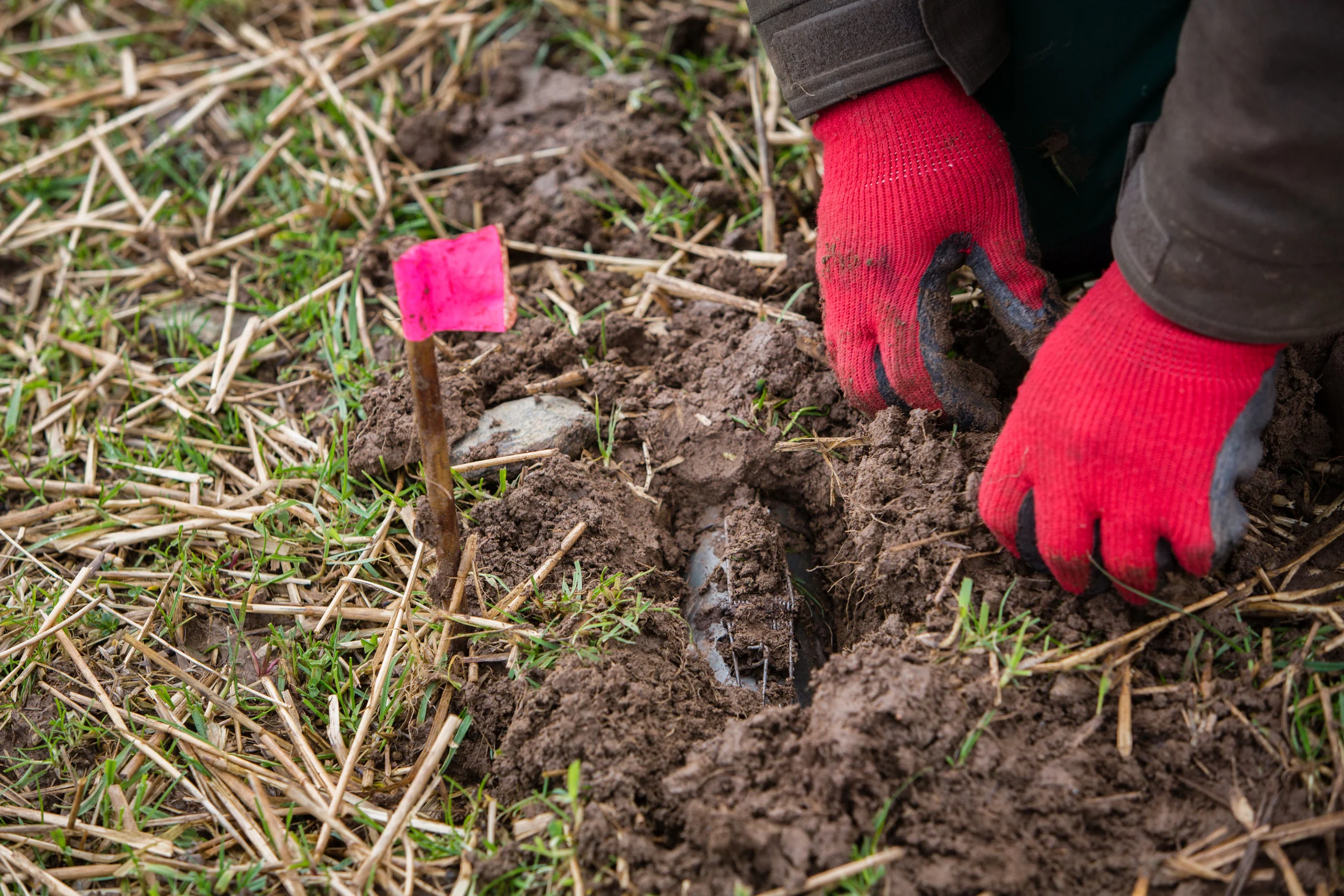WE'VE GOT YOU PROTECTED / 01561340308 / 07878889568 / info@dalgettypestcontrol.co.uk
Moles
Moles are not actually blind, as most people believe, however this doesn’t stop them digging molehills wherever they choose.
The damage isn’t only what we see above ground, but the labrinyth of tunnels running just below. They can uproot plants, undermine paving stones and leave an uneven surface on your lawn. Not only is it unsightly, but it can be dangerous too as the ground becomes unstable with footfall over time.
In an agricultural setting moles can severely damage the yield of a crop; dislodging newly planted seeds, turning over soil which encourages weeds that compete for nutrition, and they bring stones to the surface which have the potential to cause damage to machinery.
Livestock can also be put at risk with an increased chance of listeria contamination from the bacteria that is brought to the surface from the soil below, with a proven link to miscarriage in breeding animals this is not something to be ignored. I’ve also seen cows and horses be lammed in fields littered with molehills, the likeliness being that they’ve taken a stumble, causing unexpected vets bills.
Steps to prevent moles in the first place is difficult, as the most effective is to restrict their food supply of earth worms and oil invertebrates. However to reduce these would impact the nutrient level of the soil, resulting in poorer crops and garden foliage.
How to solve your mole problem
- If you’re talking about a small problem, you could perhaps learn to use the top soil provided in the molehill as compost, but I’m going to sense that you’re on our website to get rid of them!
- Rumour has it that strong smells or loud noise will send them away, you could try sour milk, mouldy cheese or shoving a radio down one of the tunnels! Again not promising anything but it’s worth a shot!
- Mole traps, You can buy these yourself, but the art is in the catching! You can use traditional instant kill traps or live traps. Please be aware though, that it is inhumane and illegal to leave leave a mole trap for more than 24 hours and they are protected by the Wildlife and Countryside Act 1981.
How we deal with them, depends on the location however the traditional method of trapping is my preferred as it is the most humane and has the least impact on surrounding environment. We are well renowned for our effective catching skills which is why we are confident enough to offer a ‘no mole no fee’ arrangement to all of our customers.
In a case where moles are causing continuous damage, a proactive management service would be advised enabling populations to be controlled and the effects minimised if not eradicated.


